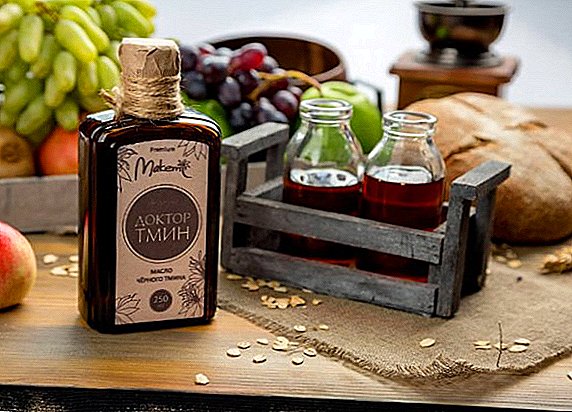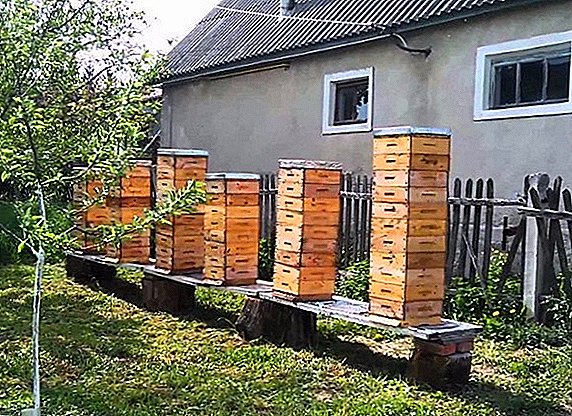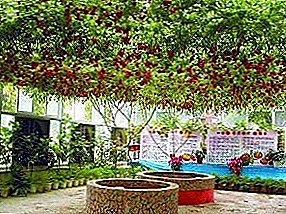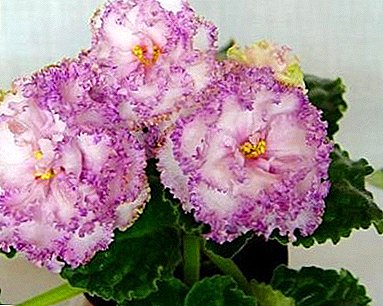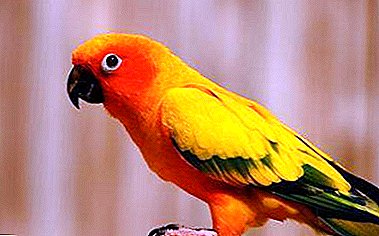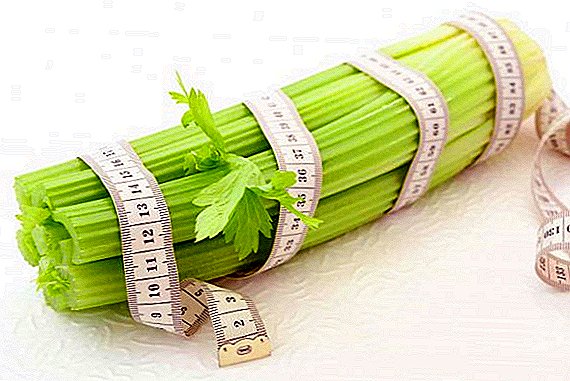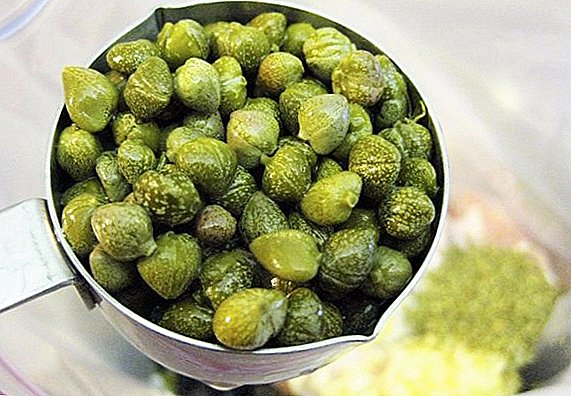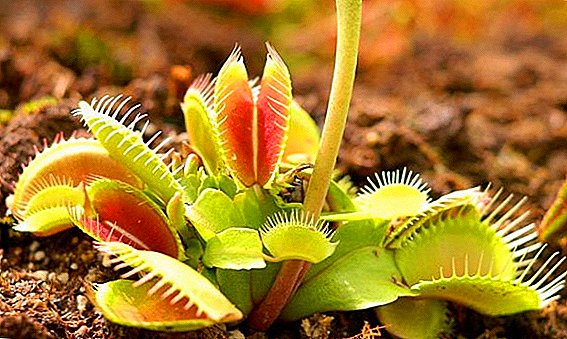 The unique plant of the Venus flytrap (Dionea) in the wild grows only on the microscopic land area, in the USA, on the coast between South and North Carolina. This plant is considered a predator because it feeds on insects. This article will look at how to care for a Venus flytrap at home, and what to feed it.
The unique plant of the Venus flytrap (Dionea) in the wild grows only on the microscopic land area, in the USA, on the coast between South and North Carolina. This plant is considered a predator because it feeds on insects. This article will look at how to care for a Venus flytrap at home, and what to feed it.
How the predator feeding mechanism works
Only with the advent of high-speed video cameras in the arsenal of scientists, followed by the use of special mathematical models and methods for processing video data, Harvard University specialists managed to lift the veil of secrecy about how the feeding mechanism of this predatory plant works and works.  The flycatcher itself is a collected bunch of white flowers of small size and leaves no longer than 15 cm. The inner part of the leaf is covered with fine hairs, 6 of which, when irritated, trigger the "trap" mechanism. Sash closed in the middle with incredible speed - in tenths of a second, which does not allow the human eye to reliably catch the moment of compression, and the insect to escape from the confined space.
The flycatcher itself is a collected bunch of white flowers of small size and leaves no longer than 15 cm. The inner part of the leaf is covered with fine hairs, 6 of which, when irritated, trigger the "trap" mechanism. Sash closed in the middle with incredible speed - in tenths of a second, which does not allow the human eye to reliably catch the moment of compression, and the insect to escape from the confined space.
At this moment, the leaves immediately change shape from convex to concave inward. In a confined space, a red color juice is released from the pores of the leaf, which dissolves it for 10 days, after which the plant opens again. The trap dries out after digestion of 3-4 insects.
Did you know? Venus flytrap is able to calculate the energy costs of digesting an insect. If they turn out to be great, the flycatcher releases the victim.
How to feed Venus flytrap
Venus flytrap is a plant, so for good nutrition it needs to produce chlorophyll (a product of photosynthesis). That is why sunlight in sufficient quantities is much more important to it than food by insects. Nevertheless, we will focus on the organic component in the diet of the predator plant. The prey must move, irritating the triggers (hairs), and its size should be comparable to the size of the leaf, so that the valves close tightly, otherwise an infection can penetrate inside and destroy the flycatcher.

Permitted Products
These include:
- mosquitoes;
- spiders;
- bees;
- flies.
Prohibited Products
It is not recommended to use when feeding insects with a hard chitinous shell - this will lead to injury to the inner surface of the leaf.
Due to the high fluid content in the organisms, it is not necessary to feed the flower with bloodworms and worms to minimize the risk of rotting.
Important! It is forbidden to feed the plant with food "from the table", for example, with cheeses, chicken eggs, meat. The protein contained in these foods will kill the flycatcher.
How often to feed
The process of feeding Venus flytrap must be strictly metered - 1 time in 10 days. Feed should be placed in one or two traps. For optimal growth, it is better to stick to the schedule - once every 2 weeks.
What else to take care
In addition to food, for the full development and growth of the plant it is necessary to create appropriate conditions.
Lighting
When growing Dionei at home, you should take care of bright light at least 4 hours a day. At the same time, direct sunlight should be avoided, otherwise the soil will overheat and the risk of dyonya will die. Thin elongated leaves and dull color of traps can speak about the lack of light. From drafts plant should be rid.

Watering
The best irrigation method is through a drip tray. Water is poured into a container 2 cm high, and the flycatcher will regulate moisture consumption on its own. Stagnant water should be avoided and excess should be drained. And, of course, use only filtered or rainwater.
Fertilization
Nutrients that the plant receives after digestion of insects in a trap, is enough to ensure proper growth and development, so additional fertilization is not required.
Did you know? To attract insects in cloudy weather, the dione radiates a blue glow.
Air temperature and humidity
Since the plant in the wild grows in a marshy region, it needs to create a home zone with constantly humidified air and high temperature (+ 25 ... + 27 ° С) at home. To do this, regularly humidify the air around the plant and monitor the temperature in the room.
Pruning
The flycatcher does not need the pruning procedure for a Venus.
The soil
For dionei you can not use the usual soil, because the soil must be infertile. A mixture of sand and sphagnum moss (1: 2) is perfect for home keeping. 
Pot
Considering that the flycatcher's roots reach a length of 20 cm, the pot must be deep and narrow, a drainage layer should be laid on the bottom. The volume of the planting capacity is comparable with the size of the flower.
Transfer
It is recommended to replant the plant during the period of active growth, in spring or at the very beginning of summer. The day before the transplantation, it is recommended to treat Dionea with Epin's solution - 2-3 drops of a stimulator are used for 1 cup of water. The root system of Dionei is fragile, so you should carefully divide it into “babies” and place them in separate pots.
Important! In the process of transplanting, avoid touching the traps. Great risk of damage!
Rest period
Venus flycatcher plunges into dormancy in winter. All internal processes in a plant slow down, it stops growing, old leaves and traps die off. At this time, watering and feeding insects stop. Flower care is to remove dead plant parts. In this important period for the flycatcher, the potential is laid for flowering and maturation of the seeds.
Venus flytrap is very difficult for home breeding plants, requiring special microclimate, botanical knowledge and skills. But with the accurate implementation of recommendations on agricultural technology, an unusual exotic plant can be grown on the windowsill.


